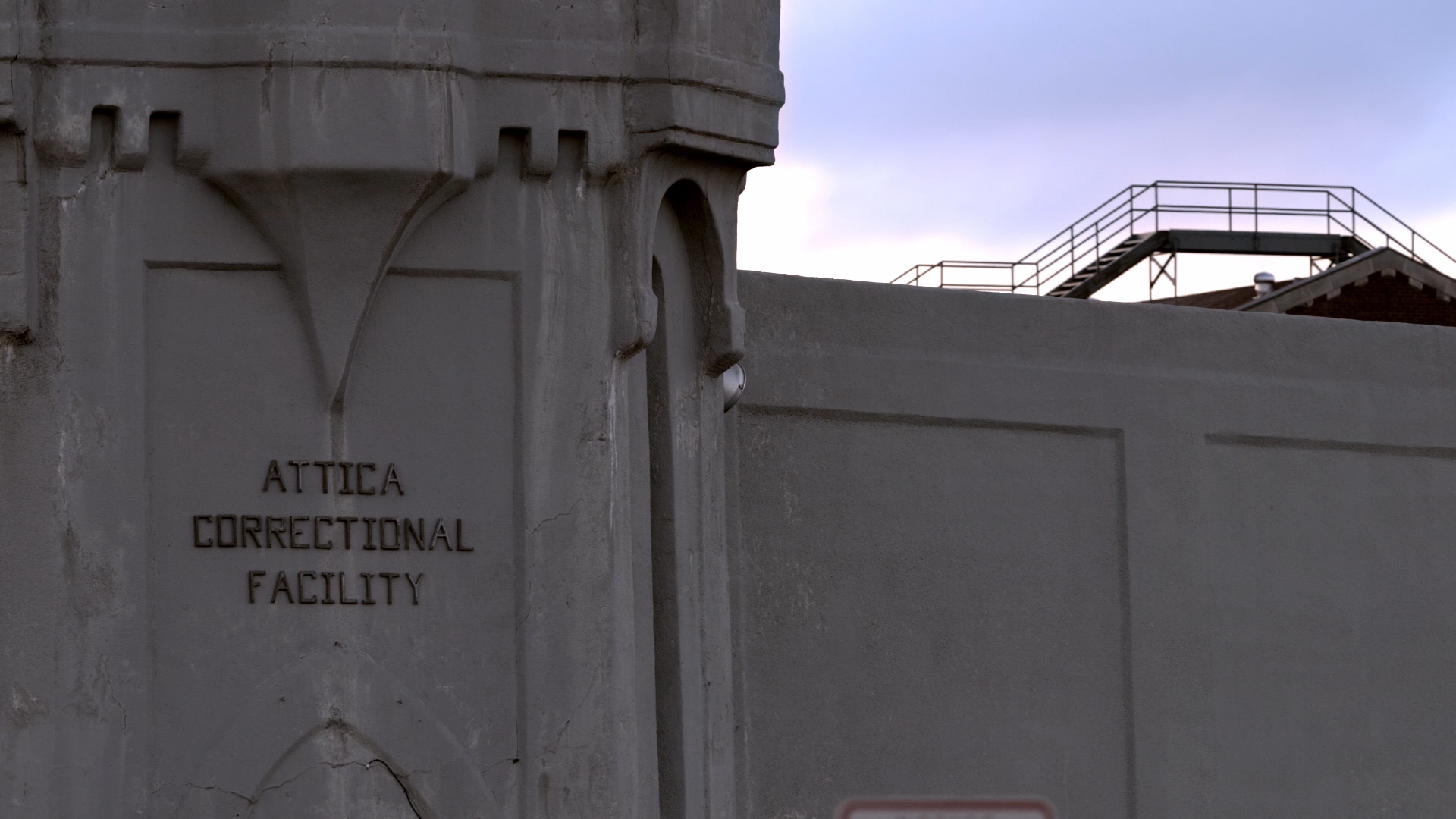The intense Attica looks back at America’s most infamous prison riot
Stanley Nelson’s documentary for Showtime is a comprehensive account of the 1971 uprising

On September 9, 1971, over a thousand inmates started a riot at a maximum security prison in Attica, New York, a small town populated primarily by corrections officers and their families. The prisoners took hostages and delivered a list of demands. In the ensuing days, reporters flocked to the facility, as did neutral observers who were allowed to keep an eye on the negotiations. The siege called attention to Attica’s stark conditions, and the scrutiny seemed to be pushing the state of New York’s penal administrators toward a settlement.
But the powers-that-be refused to consider the rioters’ demands for total amnesty, and after a guard injured in the initial uprising died, public sentiment turned. On September 13, the state police swarmed the prison, cloaked in tear gas, with guns blazing. Hundreds of people were shot. Over 40 died—a quarter of them Attica employees.
Stanley Nelson’s harrowing you-are-there documentary Attica doesn’t waste a lot of time on set-up. The riot begins in the film’s opening minutes, recalled by some of the surviving participants and illustrated by footage of the prisoners massing in the large courtyard they called “Times Square.” Because the press arrived fairly quickly—and stayed all the way through the cops’ bloody surge—Nelson has a lot of incredible film and video to work with. But his primary assets are his interviews: dozens of voices, vividly describing how a moment of hope for the incarcerated ended in a violent denial of their humanity.
The story they tell is rich in sensual detail, evoking the sights and smells of a place that was hellish even before the uprising, and that was as chaotic as a battlefield in the five days that followed. The survivors talk about subsisting for years on meals that cost the state just 21 cents a serving, and having to get by each month with only one roll of toilet paper and meager supplies of soap and toothpaste. After the riot, the prisoners set up makeshift camps in the yard (compared by multiple inmates to something out of an old TV western), and endured the cold and the rain as their daily talks with the government dragged on. After the insurrection was violently put down, the participants were stripped naked and made to march and crawl across the muck and jagged debris, and around the corpses of the fallen.




























![Rob Reiner's son booked for murder amid homicide investigation [Updated]](https://img.pastemagazine.com/wp-content/avuploads/2025/12/15131025/MixCollage-15-Dec-2025-01-10-PM-9121.jpg)











